Zurich art museum succumbs to Bührle’s ambitions
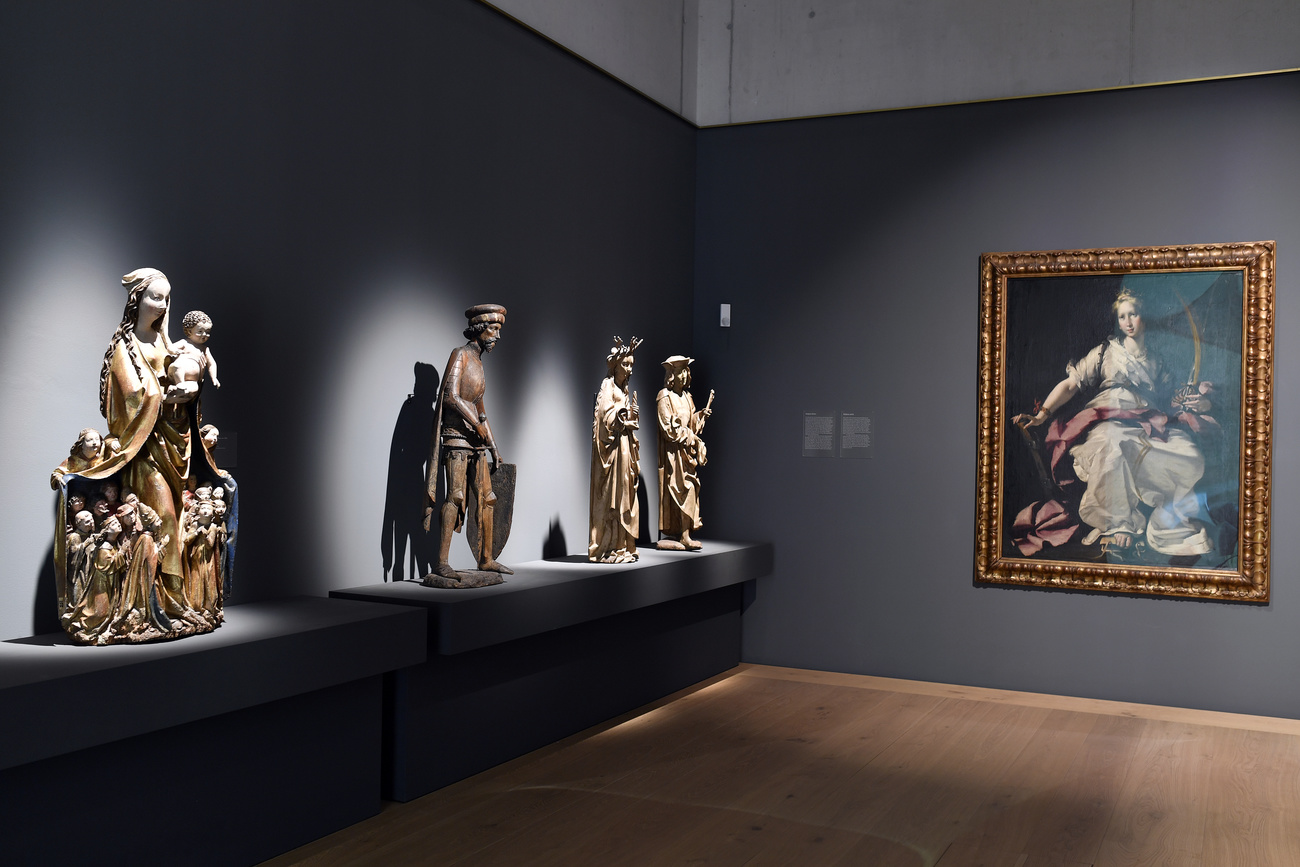
The art collection of weapons tycoon Emil Georg Bührle will be housed in the Zurich Kunsthaus for the next 20 years. It’s a deal that the the City of Zurich allowed the Bührle Foundation to dictate, which in the process has moved the Kunsthaus intellectually back to the 19th century.
Over the coming two decades, Zurich’s art museum, the Kunsthaus, will be able to exhibit a powerful collection of paintings, ranging from medieval to modern times.
The museum now aims at playing in the international leagues, and observers abroad have duly taken an interest. The New York Times has again reported on the Kunsthaus. Not about the pictures, though, but the collector: for Emil G. Bührle, who died in 1956, funded his collection with arms sales – to Nazi Germany in particular.
Bührle manufactured weapons of war in his Zurich factories beginning in the 1920s, and his wealth let him indulge his passion for art. A few months after the Second World War broke out, Bührle was elected a member of the collection committee of the Kunsthaus.
Through the gates of hell to great art
Two years after the end of the war, he donated Auguste Rodin’s Gates of Hell to the Kunsthaus. It still occupies a prominent place in front of the building, like an alternative entrance to the world of art through pain and death.
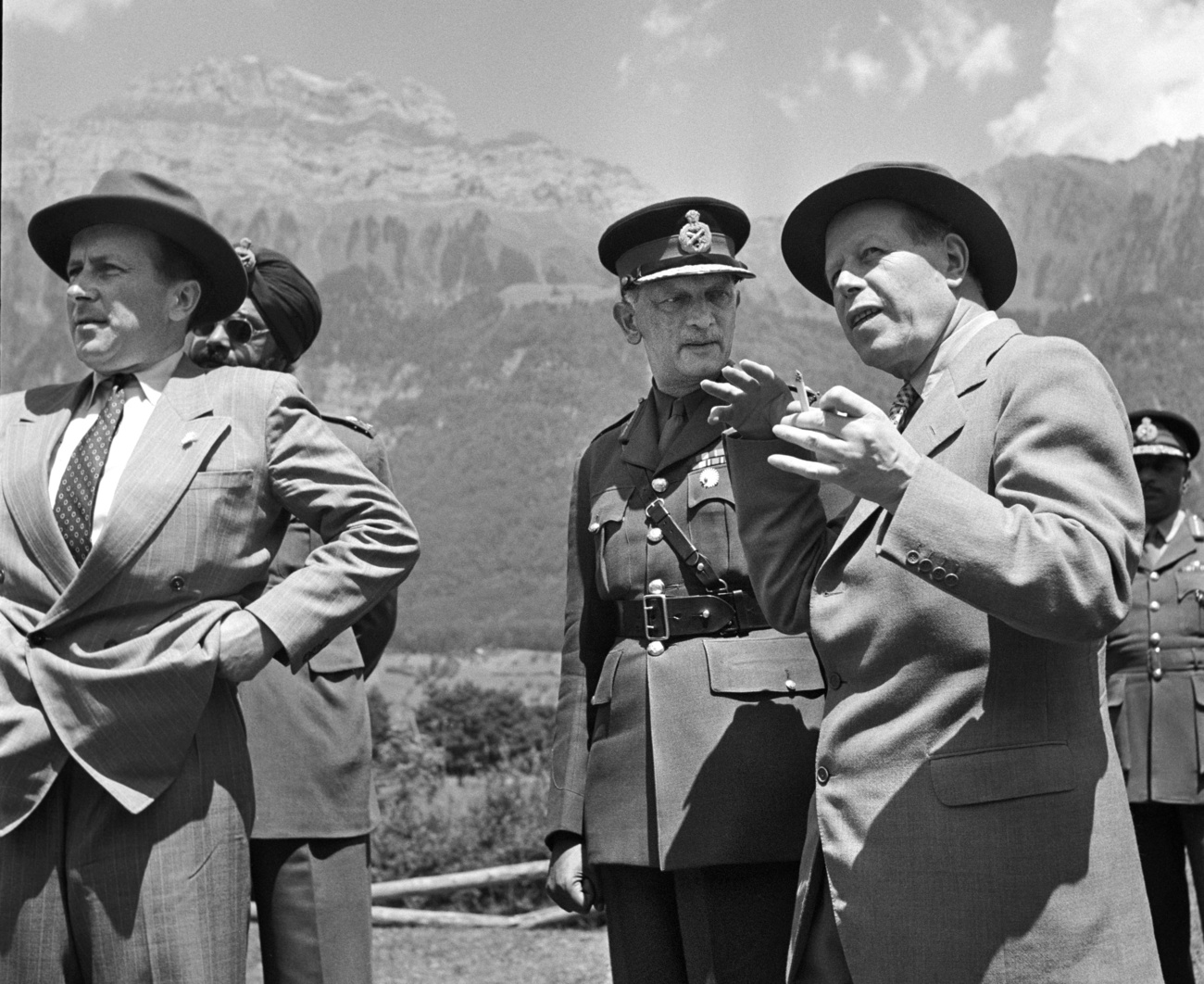
More
Emil Bührle and the art of war
Above the martyred bodies sits The Thinker, who looks out over everything. No doubt Bührle would have seen himself this way. In the 1950s he funded an initial extension to the Kunsthaus with the money he had made on the battlefields of Europe.
The historian Erich Keller has meticulously reviewed the history of the relationship between the Kunsthaus and the Bührle collection in his book Das kontaminierte Museum (The Tainted Museum).
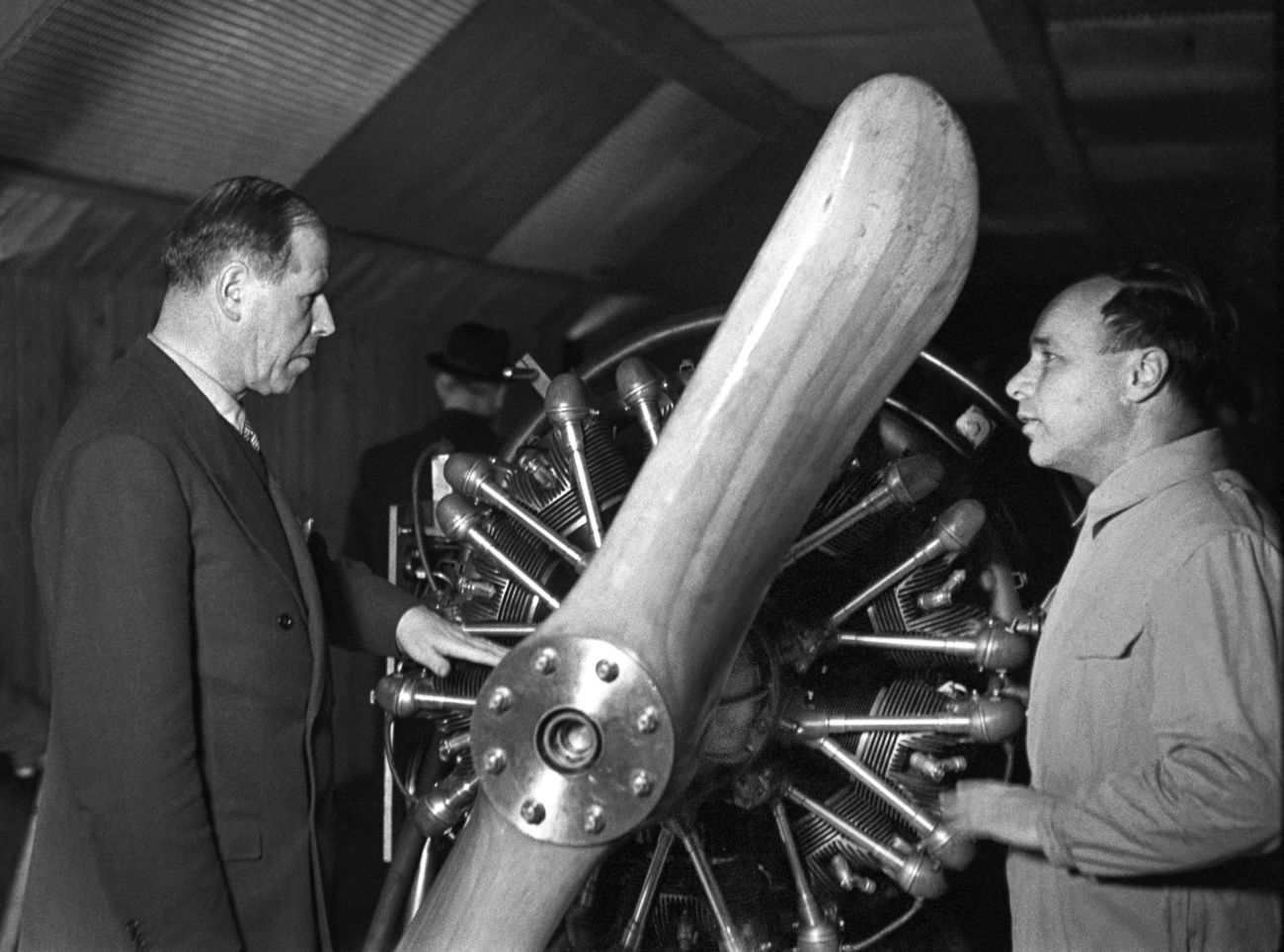
What made a man like Bührle collect art? In the 19th century, the period from which most of the works in Bührle’s collection were achieved, the well-to-do class did its best to establish a strict division between the world of the marketplace and that of art.
On one side was hell, the struggle for (economic) survival, the making of money; on the other side was aesthetic sensibility and intellect. Collecting art meant more than just conspicuous consumption. It also meant showing one’s excellent taste to society at large, and signalling that beyond the cut and thrust of business life among hard men one still had a sensitive soul.
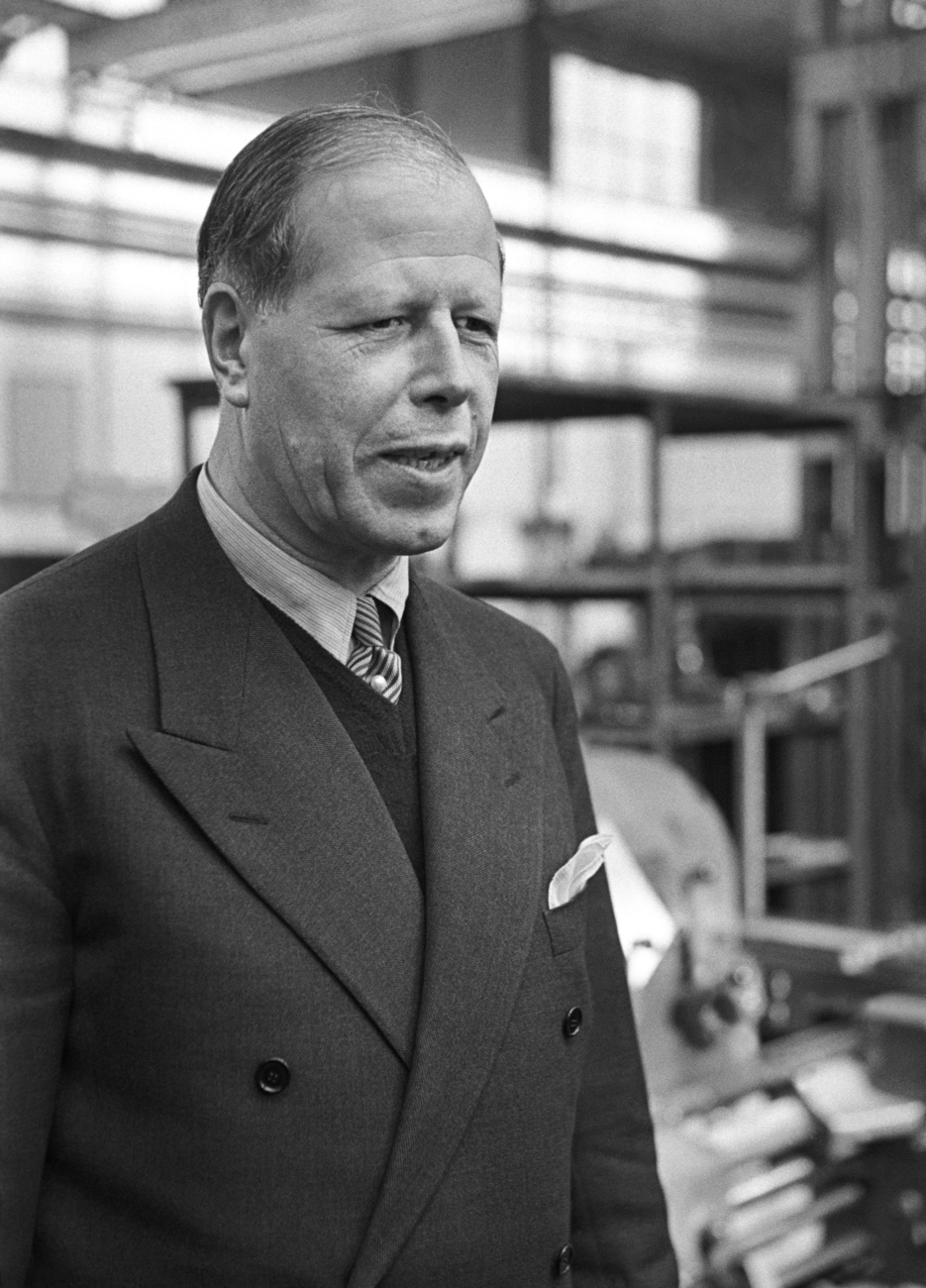
More
Nazi-looted art: Is the Kunsthaus Zurich a ‘tainted museum’?
It is indeed one of the positive aspects of bourgeois society in its heyday that a man could win prestige by this kind of contribution. What is not so positive – and the modern avant-garde denounced this aspect, most of all the Dadaists after the First World War – is that drawing-room refinement had little impact on day-to-day business. Whatever one appreciated as beautiful did not affect one’s way of behaving – “disinterested enjoyment”, it was called.
Bührle was really only an upstart in Zurich society, but his cultivation of the arts brought him the recognition he craved. To this day, visitors to the Kunsthaus extension which he bankrolled in 1958 are still greeted by a bust of the princely donor.
Four years after his death, in 1960, the Foundation of the Bührle Collection was set up, to ensure a definitive separation between art and arms-dealing, and to exhibit the works on its own account.
Switzerland was at that time in a phase of peaceful and profitable amnesia. Any share of responsibility for the Second World War was carefully hidden behind a front of anti-communism, an emphasis on Switzerland’s determination to defend itself, and tales of a peace-loving, neutral Switzerland, a performer of “good offices”.
Just ten years after Auschwitz, Swiss journalism did not concern itself with issues of guilt, but with fear that the booming economy might coarsen people’s minds. A source from Keller’s book shows this clearly.
When the Bührle collection opened in Zurich, the newspaper Neue Zürcher Zeitung proudly noted: “To people from abroad, [this is] just another indication that Switzerland aims to enjoy its prosperity in a dignified manner, deriving a sense of duty to the intellectual and artistic sphere from its material capabilities.”
Bührle’s plan to redeem his sensitive soul seemed to have worked. But in the course of the 1960s an icy wind started to blow against that kind of cynical humanism. By 1968 it was clear that Oerlikon-Bührle AG had been supplying countries like South Africa with arms for years – illegally. Dieter Bührle, son of Emil the art patron, spent a short time in prison. At the same time, the elder Bührle became a symbol of Switzerland’s moral bankruptcy in its relations with the Nazi regime.
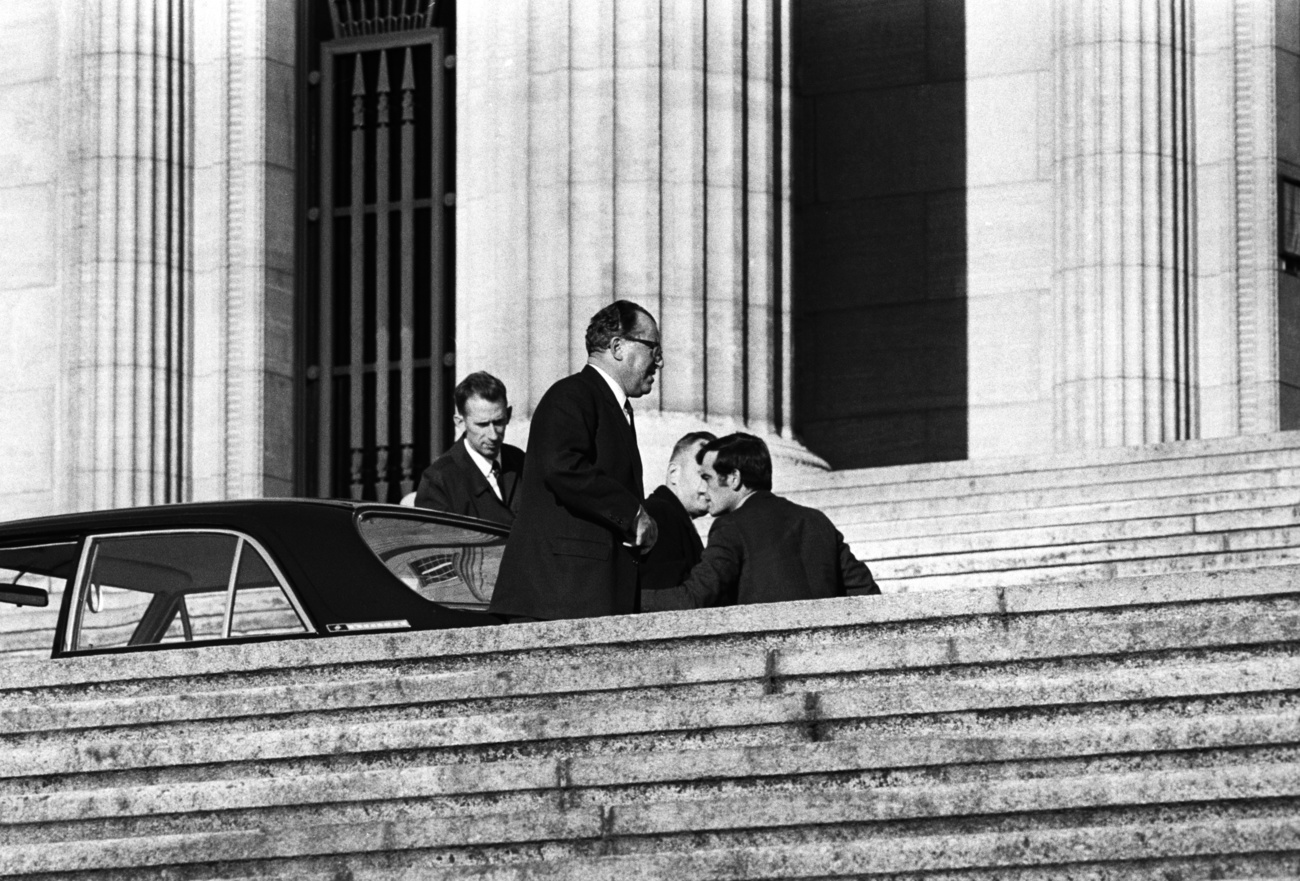
The Bührle Room in the Kunsthaus was renamed in 1975, as Keller writes. By the 1980s, films and books regularly reminded the public just who had collected these paintings and with what kind of money. Bührle’s collection remained a “poisoned chalice” for years, as a German magazine described it recently.
Historians get to write plaques
Yet after the turn of the millennium it got a new lease of life. First, Christoph Becker was appointed director of the Kunsthaus around that time. Becker, in comparison with his predecessors Harald Szeemann and Bice Curiger, stood for a traditional bourgeois approach. The dominance of the collectors in the Kunsthaus, which others have called “a step back to feudal times”External link, seemed to Becker a major advantage.
In the year 2000, the Bührle room got its name back. From 2003 on, Becker was also a member of the board of the Bührle Foundation. The opening of the Bührle collection in the new extension a year before the end of his term of office may be regarded as his crowning achievement.
Keller’s book shows that the city has been very much involved in this effort. Zurich wants to play in the league of major international cities – and just like Bührle in his day, and city officials are interested in acquiring cultural capital. The financial centre wants to be able to show not just its wealth but its fine mind.
The good connections of the Kunsthaus with the Bührle collection made it obvious where the desired capital could be found. They entered into a rather one-sided contract. The paintings were not given to the city as a gift, but just on loan. One condition was that research on provenance remain the preserve of the Bührle collection. The contract stipulated that no work of art which Bührle might have bought in dubious circumstances was to be given back.
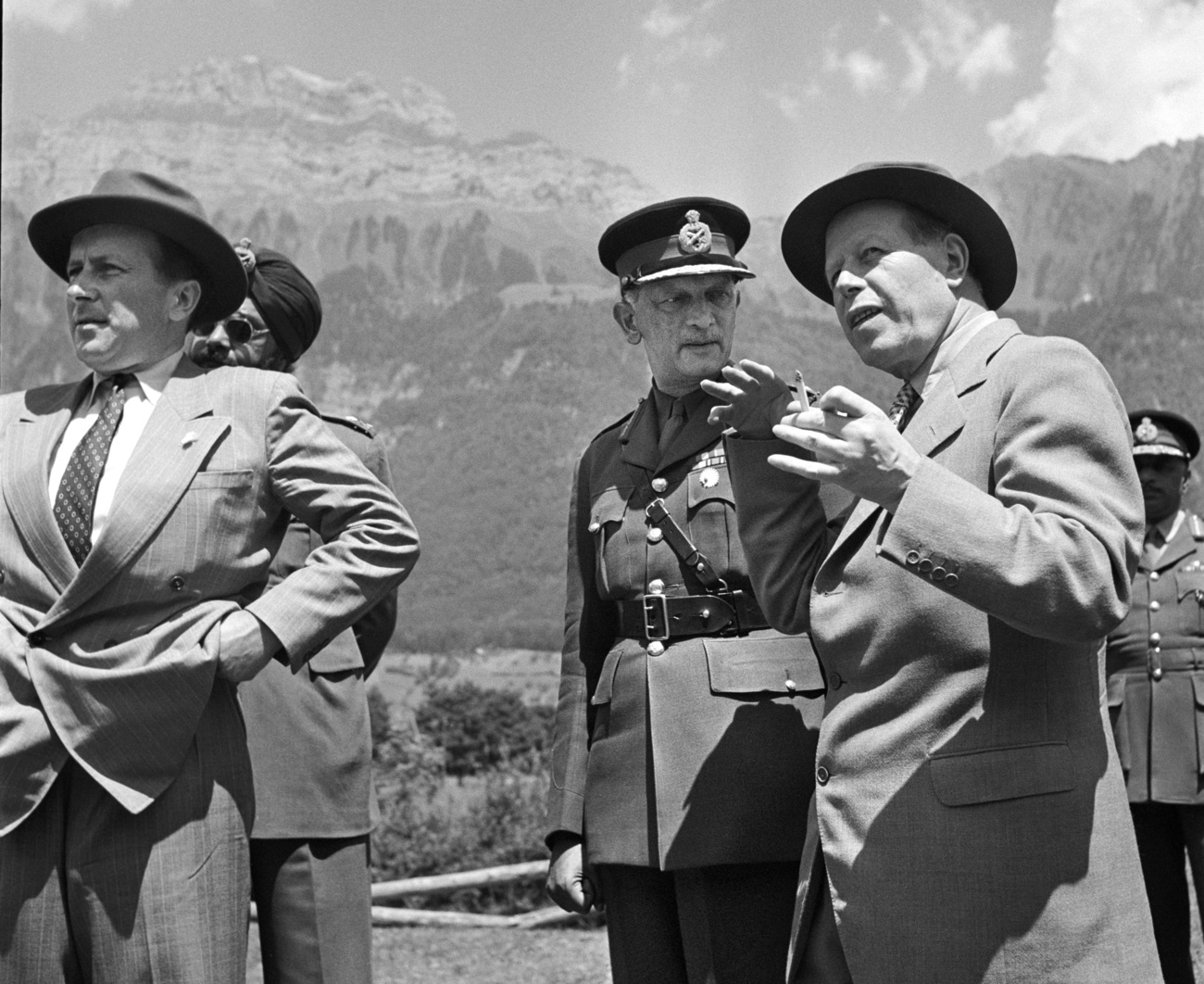
More
Historian shows Nazi-era links behind prestigious art collection
Another condition was that the collector’s own vision was to be enshrined in the exhibit. The contract also obliges the Kunsthaus to show Bührle’s collection for a period of 20 years as a whole – just as Bührle collected it.
There is, rightly, frequent mention of “innocent paintings” but the whole thing is not innocent; it reflects the outlook of a man who became fabulously wealthy over dead bodies, but who aspired to be remembered as a refined art-lover with a flair for the delicate art of the Impressionists. With this extension building, he has at last succeeded.
Historical study and the controversies about Bührle have done little to change this. In 2016, when the “Bührle Black Book” raised doubts about the legality of Bührle’s acquisition of some of the paintings, the city commissioned a group of researchers at the University of Zurich to “put the Bührle collection in its historical context”. Questions of provenance were explicitly excluded from their mandate.
Yet there was no outcry until Lukas Gloor, the Foundation’s chief art historian, tried to doctor their research report in order to prettify the portrayal of Bührle. In 2020 he proposed to leave out terms like “Freikorps” (referring to the German paramilitary groups engaged in putting down revolution in the aftermath of the First World War – Bührle had been involved) and “antisemitism” altogether.
Erich Keller was a member of the study committee, and after this attempted censorship he went public with his concerns. In his book he asks what purpose historical research is supposed to serve for the public at large. What was this study expected to do, years after Zurich voters approved the building project in 2012? Clearly not much.
Mayor Corinne Mauch declared in 2020 that “[v]isitors to the Museum should come away with the feeling that Zurich is dealing responsibly with the Bührle collection.” What that really meant was: the historical report was to give an impression of responsibility without any effect on political or curatorial decision-making, and without probing the question of whether any work of art in the Bührle Foundation should be returned. The City of Zurich succumbed to the Foundation’s agenda.
This is all reminiscent of the argument that statues of slave-dealers should not be removed from urban centres, but simply given explanatory plaques. Historians get the job of crafting these plaques and leaving the situation, if not quite without comment, at least undisturbed. Talking about history, like art in the 19th century, is thus relegated to the area of disinterested study, and a visit to a museum is just a visit to a museum.
Back to the bourgeois era
If the City of Zurich really wanted to show itself a place of mind and spirit rather than just wealth, it would have needed to show a bit more backbone. In 2005, after protests erupted, a similar project was turned down when Friedrich Christian Flick, heir of the Nazi-era industrialist Flick family, wanted to show himself and his collection in Zurich – it is now in the Hamburger Bahnhof contemporary art museum in Berlin.
Calls for a similar boycott are currently being dismissed as moralistic finger-wagging, as “cancel culture” or as an adolescent attitude. The innocent paintings could have been more radically curated, and the history of the collection and its financing could have been used to punctuate the exhibit less pleasantly. Or at least the personality cult around the collector could have been left out – Bührle reduced to the dimensions of a footnote – and the collection could have been broken up into thematic sections, instead of being held together by the fact that they belonged to a long-dead arms dealer.
In its selection criteria, Bührle’s collection also reflects a kind of nostalgia for the days before the two world wars. Only a fraction of the paintings come from the 1920s, two are from the 1930s, and there is one Picasso from the 1940s. After 1945 there is only Bührle himself – a portrait of the arts patron by Oskar Kokoschka.
In its search for a feeling of simple, disinterested enjoyment – for which a museum is hardly the right place after all the horrors of the 20th century – Zurich has regressed intellectually to the naïve sentimentalism of the bourgeois era.
Translated from German by Terence Macnamee

In compliance with the JTI standards
More: SWI swissinfo.ch certified by the Journalism Trust Initiative

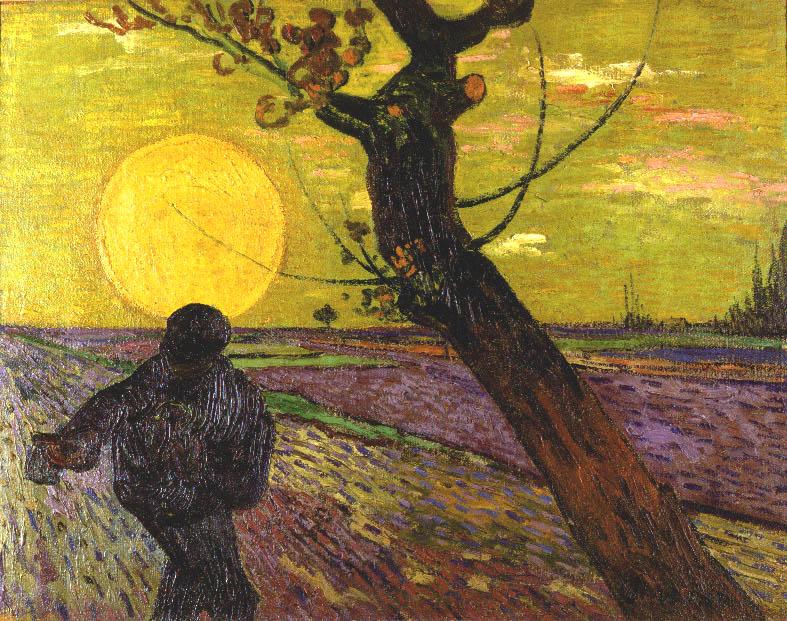
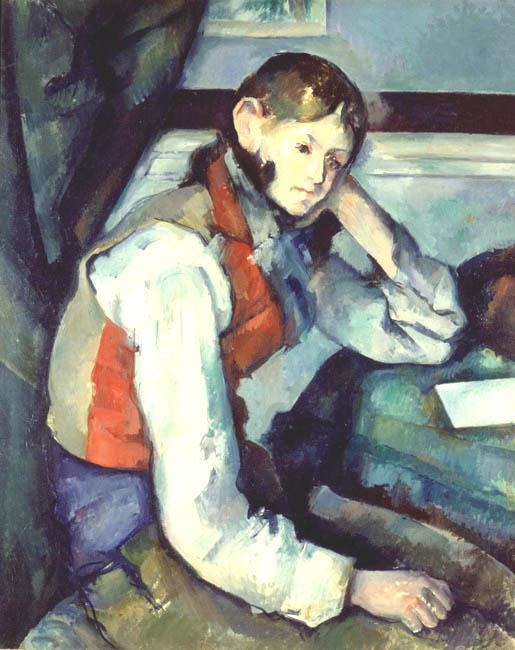
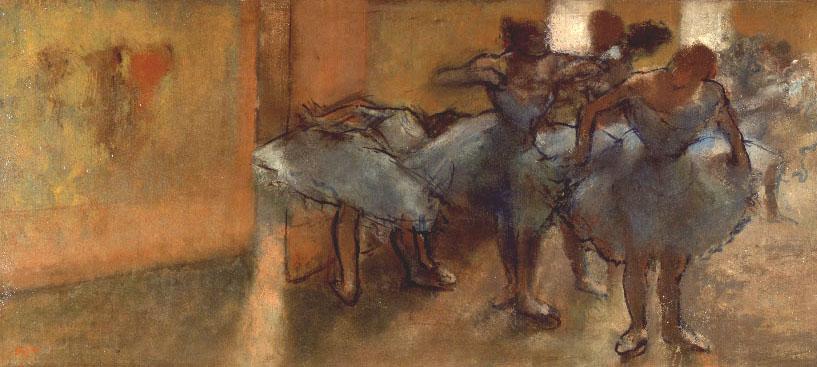


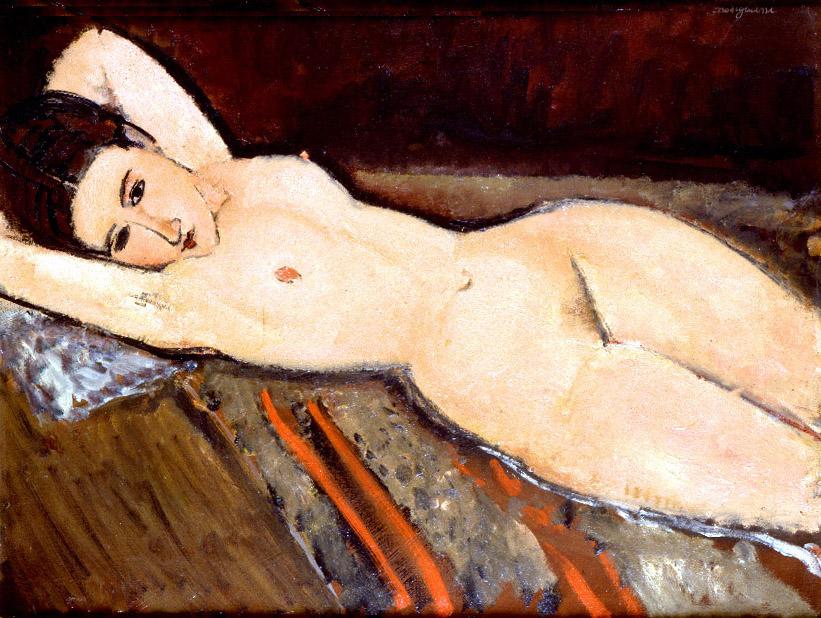
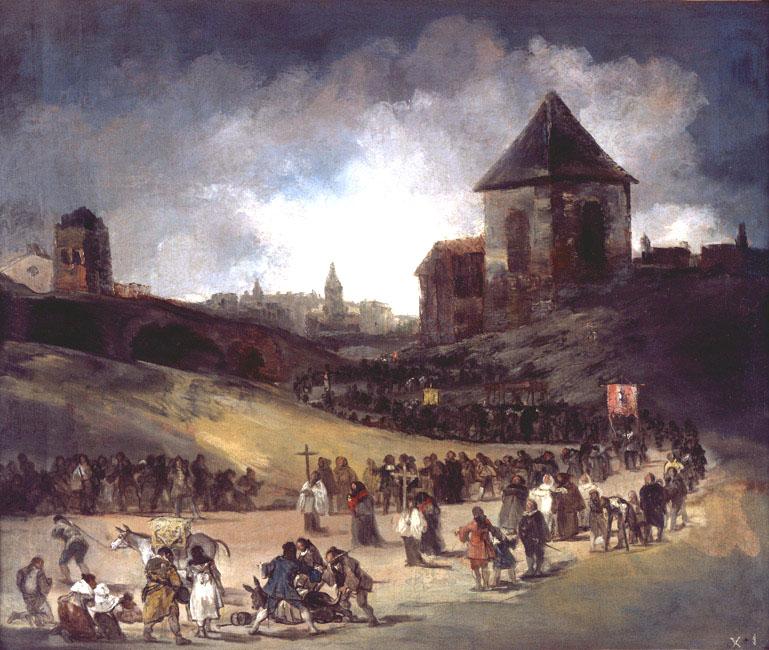

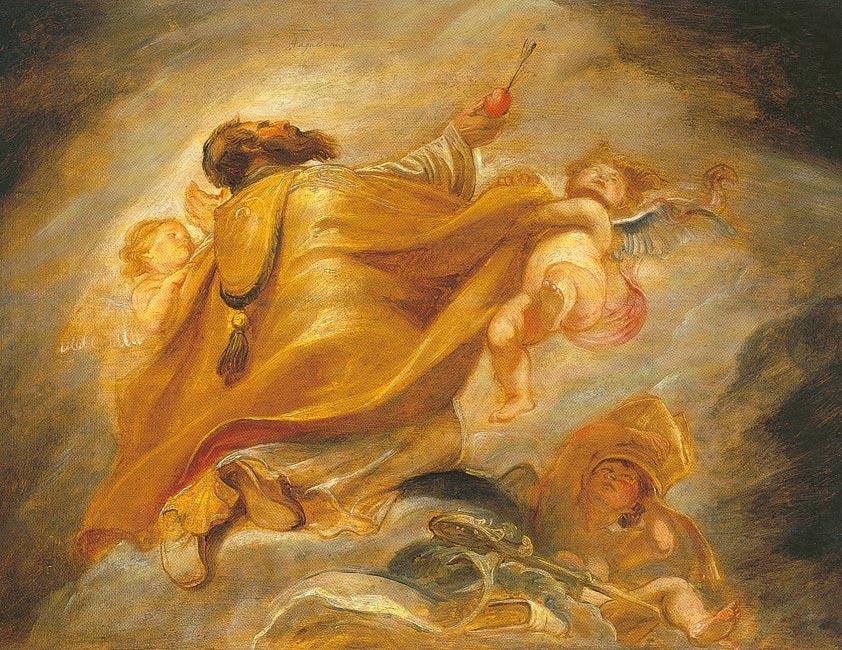
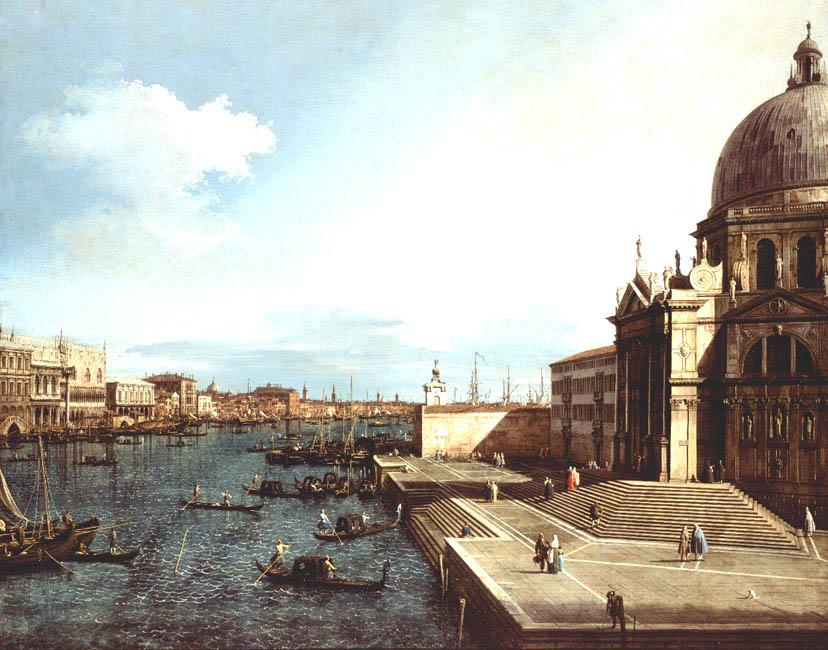
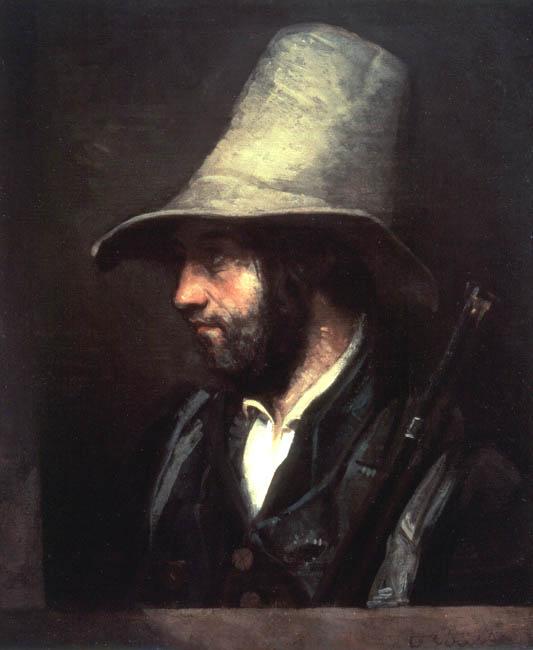
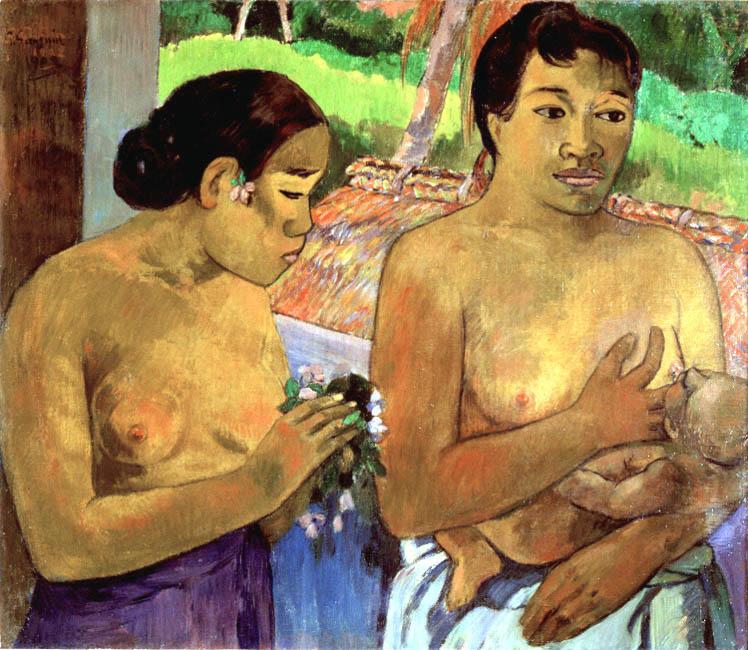
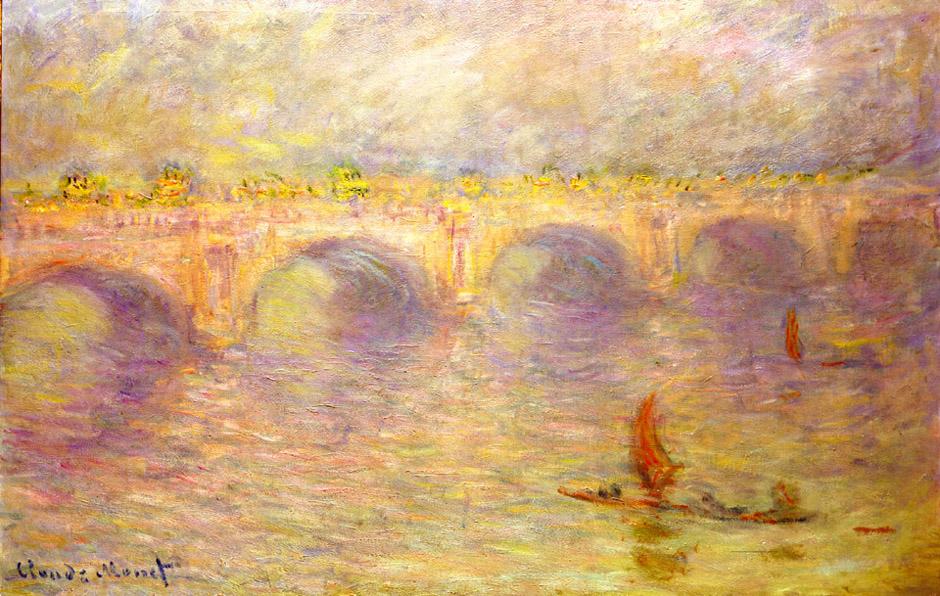
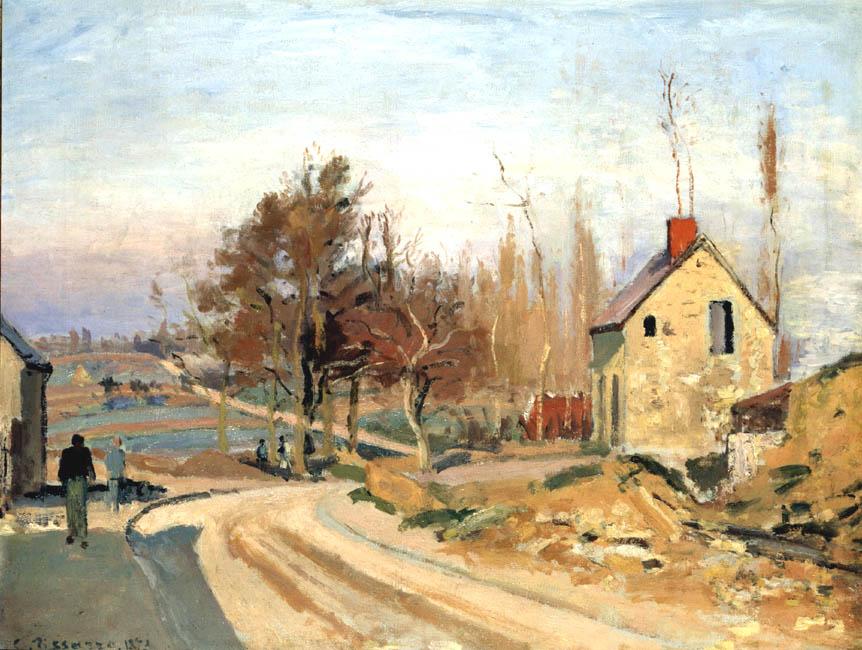
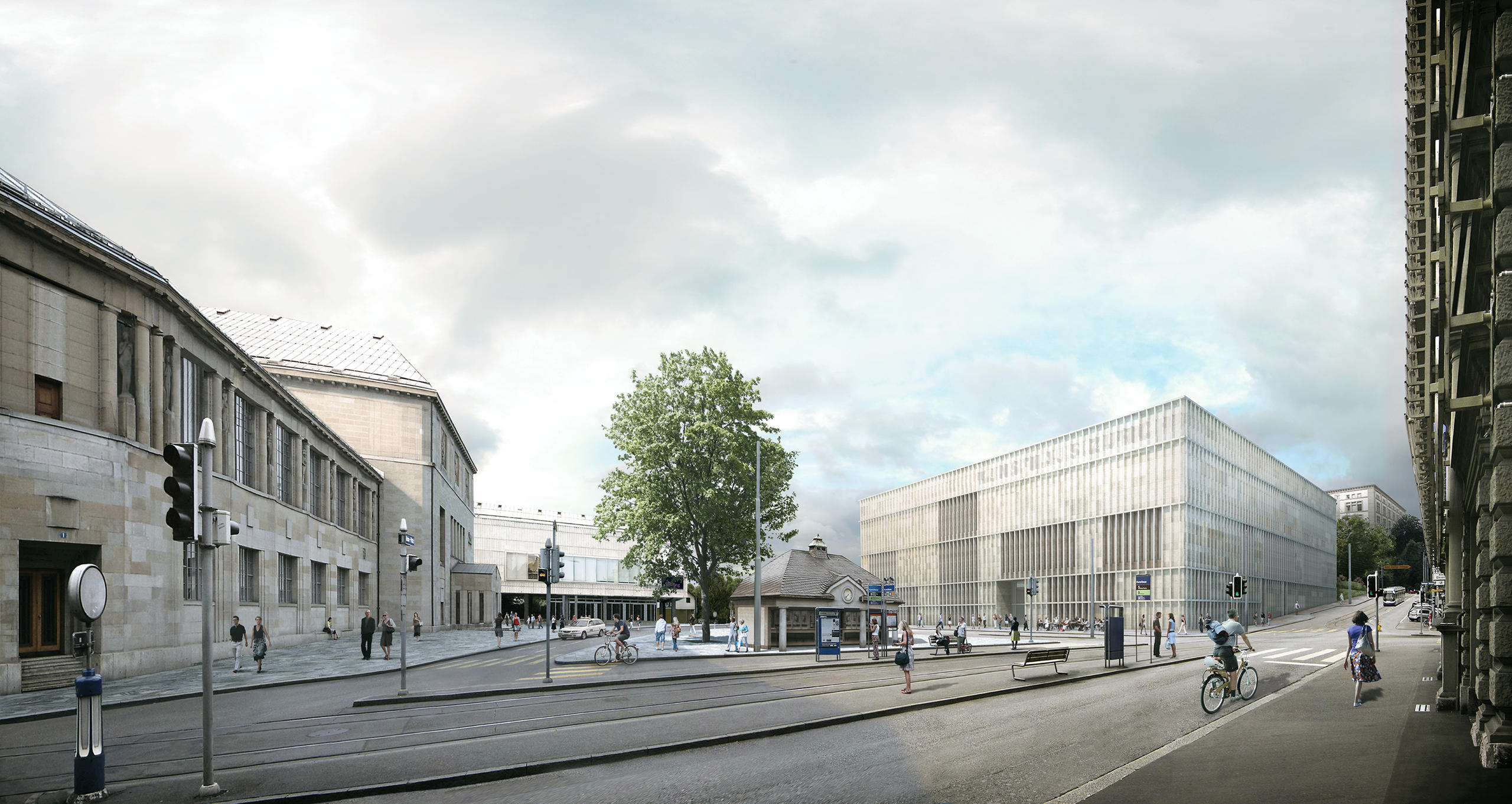
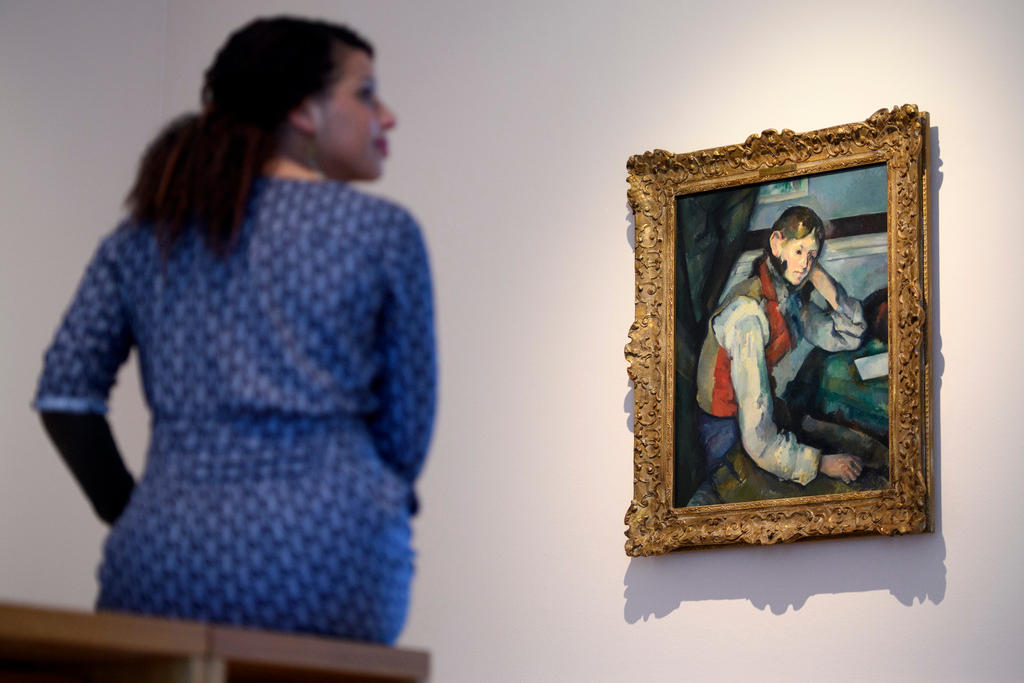
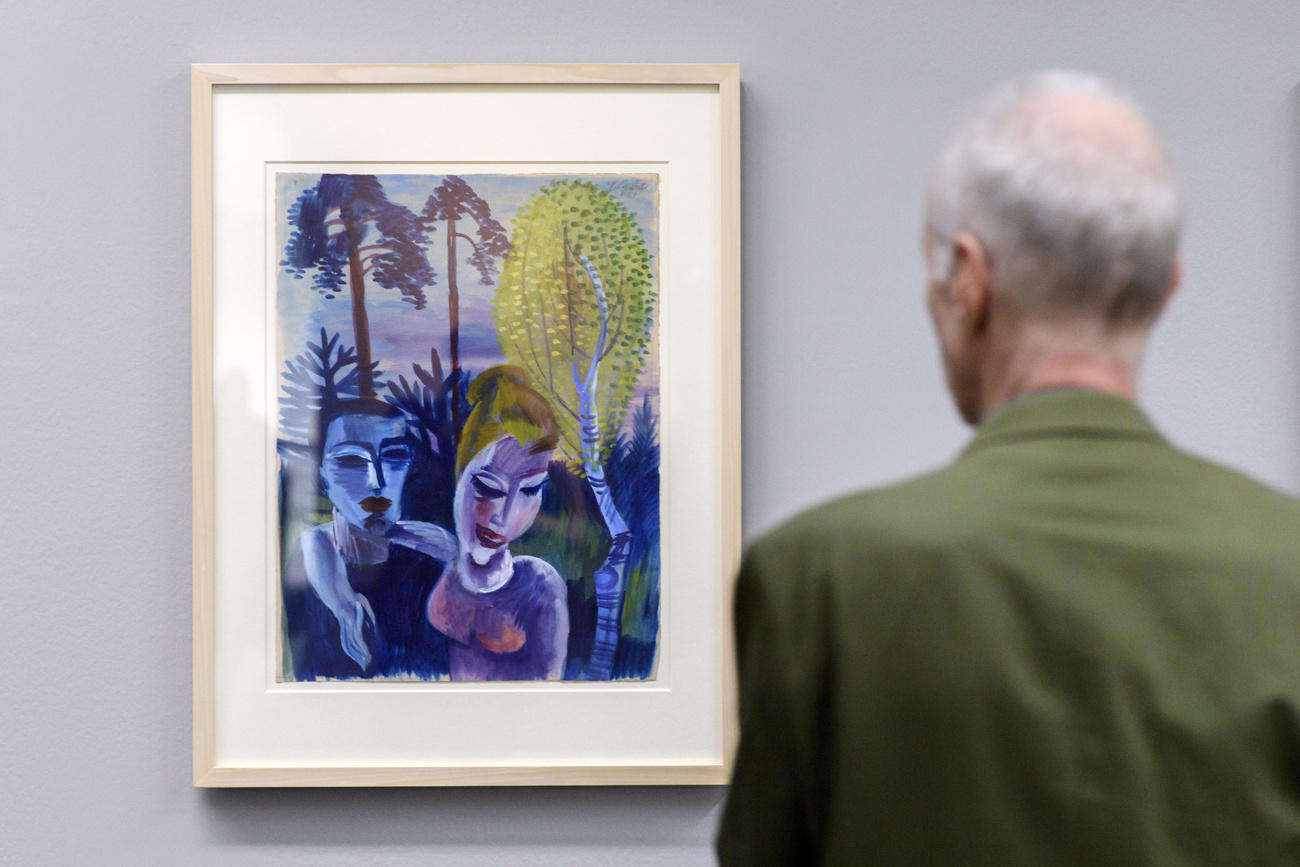
You can find an overview of ongoing debates with our journalists here . Please join us!
If you want to start a conversation about a topic raised in this article or want to report factual errors, email us at english@swissinfo.ch.